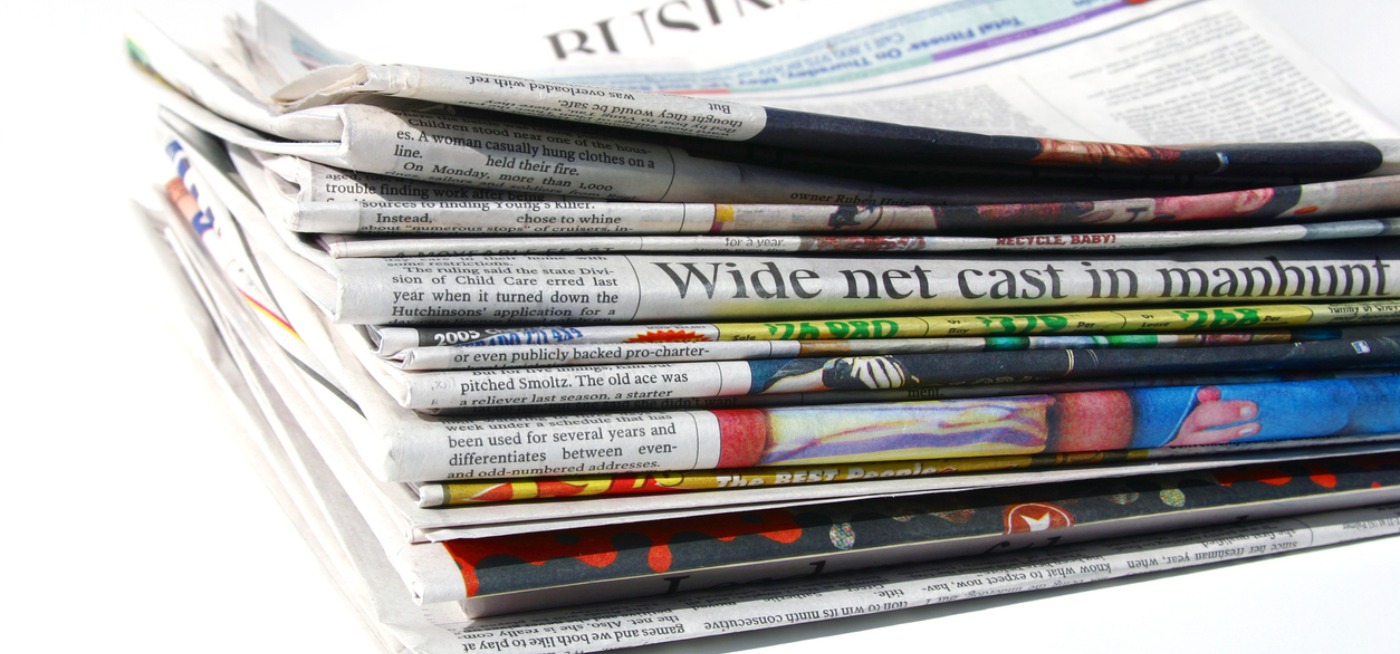Crafting Engaging Headlines: The Art and Science

In the vast expanse of the internet, where information bombards us from every corner, a well-crafted headline is a beacon of light, guiding readers toward meaningful content. Crafting engaging headlines is both an art and a science, a delicate balance between creativity and psychological insight. It’s the gateway to the entire story, an invitation that beckons the reader to explore further. In this digital age, where attention spans are fleeting, mastering the art and science of headline creation is paramount for writers and marketers alike.
1. The Power of First Impressions
A headline is the first impression your content makes. It’s a reader’s initial touchpoint, and within milliseconds, it determines whether the reader continues the journey or moves on. An engaging headline piques curiosity, raises questions, or triggers emotions. It creates a connection, prompting the reader to delve deeper. The best headlines spark interest by promising valuable information, entertainment, or solutions to problems. They entice the reader, making them feel that their time will be well-spent exploring the content beneath the captivating words.
2. Understanding the Psychology of Readers
The science behind compelling headlines lies in understanding human psychology. Studies have shown that certain words and phrases trigger emotional responses. For example, words like “discover,” “secrets,” and “unveiled” create a sense of curiosity and intrigue. Positive superlatives like “best,” “amazing,” and “incredible” evoke feelings of excitement and enthusiasm. On the other hand, headlines addressing readers directly using “you” or “your” create a sense of personal connection, making the content feel tailored to the individual reader. By tapping into these psychological triggers, writers can craft headlines that resonate deeply with their audience.
3. The Art of Creativity and Originality
While understanding the psychological aspects is crucial, the art of crafting engaging headlines also involves creativity and originality. Uniqueness stands out in a sea of generic headlines. Creativity in headlines can take various forms, from wordplay and puns to intriguing questions and clever metaphors. An unexpected twist or a play on words can arrest the reader’s attention, compelling them to read further. Creativity in headlines often involves thinking outside the box and approaching the topic from an angle that hasn’t been explored before.
4. Clarity and Conciseness
While creativity is essential, clarity and conciseness are equally vital. A headline should clearly convey the topic or the main idea of the content. Ambiguity can confuse the reader and lead them to click away. Conciseness is particularly crucial in the digital age, where readers skim through numerous headlines in seconds. A concise headline communicates the essence of the content succinctly, ensuring that the reader grasps the main point quickly. Striking the right balance between creativity and clarity is an art form that skilled writers master.
5. A/B Testing and Data Analysis
In the digital realm, where data is abundant, A/B testing is a powerful tool for evaluating the effectiveness of headlines. A/B testing involves creating two different versions of a headline and testing them on a sample audience to determine which one performs better. By analyzing metrics such as click-through rates, time spent on page, and social media shares, writers can gain valuable insights into what resonates with their audience. Data-driven decisions refine the art of crafting engaging headlines, allowing writers to continually optimize their approach based on real-time feedback.
6. Tailoring Headlines for Different Platforms
Different platforms have diverse audiences with varying expectations. Crafting engaging headlines involves tailoring the message according to the platform. What works on social media might not be suitable for a blog post or a news article. Social media headlines often benefit from brevity and an element of urgency, encouraging immediate action. Blog headlines, on the other hand, can be slightly longer, allowing room for creativity and intrigue. Understanding the platform-specific nuances is crucial in optimizing the impact of headlines and maximizing audience engagement.
7. The Ethical Responsibility of Headlines
Amidst the quest for engagement, writers bear an ethical responsibility. Sensationalism, clickbait, and misleading headlines might garner clicks, but they erode trust and credibility. Engaging headlines should align with the content they represent. Readers should find in the content what the headline promises. The art of crafting engaging headlines also involves a commitment to truthfulness and integrity, ensuring that the audience’s trust is earned and maintained.
In conclusion, crafting engaging headlines is an intricate dance between creativity and science, between understanding human psychology and leveraging data-driven insights. It’s about capturing attention, evoking emotions, and delivering on the promises made. In this ever-evolving digital landscape, mastering the art and science of headlines is not just a skill—it’s a necessity. Writers who can skillfully weave creativity, psychology, and data analysis into their headlines have the power to captivate audiences, inspire action, and leave a lasting impact in the realm of content creation.
